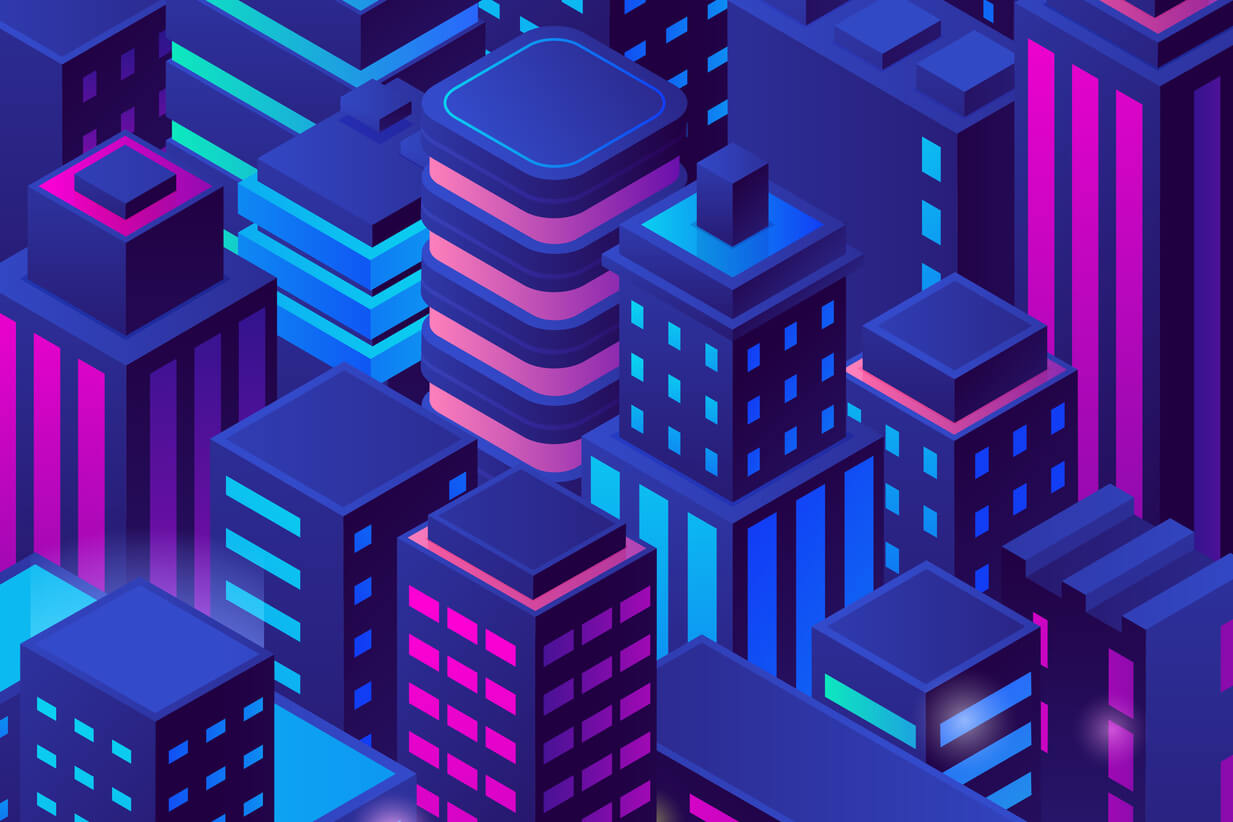As many have heard, Facebook’s highly publicized rebranding as Meta in 2021 signaled their long-term expansion from social media into VR, the metaverse, and more. In the process, they launched the metaverse into a household name technology. The $500 million virtual real estate boom which proceeded only further hammered the point home—as far as Meta is concerned, the metaverse is the future. With VR and AR technologies developing at an astounding rate, businesses are entering the metaverse intent on generating revenue while the technology remains in its nascent stage.
The metaverse is here to stay—the question for business owners is: how can one take advantage of it? There is a long list of apps that use AR features to enhance the shopping experience. Sephora’s Virtual Artist app enables users to view how makeup will look before trying it on. The Ikea Place application enables users to view how furniture will look in their house before they place them.
The big question is: should you as a business owner delve into the metaverse? And if so, how can you leverage a metaverse presence to generate commerce? In this week’s blog, we present a few ideas to consider when making your decision.
REAL ESTATE

The first step to a metaverse presence is the acquisition of a virtual space for the business. Luckily, metaverse real estate has proven to be an extraordinarily profitable investment in and of itself. Armando Aguilar told Coindesk recently that the price of his three-bedroom, two-bathroom home outside New York City has appreciated two and a half times, while his metaverse property surged by 1,400% during that same time.
When purchasing real estate within the metaverse, consider which platform you’d like to see your company grow in. There’s a long list of options, from Sandbox to Decentraland, each with their own pros and cons.
When choosing a platform, consider which platform will provide the most short-term gains for your customers. Where do you anticipate long-term value? Investing wisely will lead to revenue as the price of virtual property rises.
For a list of the top metaverse platforms, check out XR Today’s list of the top metaverse platforms to watch in 2022.
EXPAND YOUR PHYSICAL PRESENCE
The metaverse presents an opportunity for companies to translate their brand into a virtual experience. Similar to the early aughts of the internet, companies which fail to capitalize on the new channel may lose money to companies that adopted the metaverse faster.
The metaverse differs from the internet in that it enables businesses to replicate three dimensional, physical spaces. This is a huge leap as we are physical beings and crave physical experiences.
While nothing can replace the physical retail experience, a great deal of commerce is generated by monetizing convenience. Delivery services like Amazon and Seamless generate billions of dollars in revenue by offering a variety of products to their customers through their digital presence, cutting out the need to stray from the home.
The metaverse capitalizes on our desire for physical experiences while enabling us to access them from the comfort of our couch. Rather than recreate their websites, businesses need to think about how they can create a physical experience for their customers.
Five years down the line, businesses will likely require a team of consultants and developers to build the metaverse experience. Check out the video below showing how Walmart created a physical shopping experience in the metaverse.
NFTs AND THE METAVERSE
Commerce in the metaverse will incorporate cryptocurrency and NFTs. NFTs, or nonfungible tokens, are unique digital files which function as certificates of ownership verified by the blockchain. They can be associated with any number of things—from sneakers, to songs and works of art. Although the market shows volatility similar to cryptocurrency, NFT value can appreciate by quite a bit.
NFTs represent a new buying channel that’s crucial to the metaverse. Creating exclusive experiences in the metaverse will draw your customers in.
https://twitter.com/adidasoriginals/status/1466443459951271939?s=20&t=toF7uzgidxO5yDtR3M9u5Q
Offering exclusive NFTs is a way to both create value and boost engagement with your customers. Adidas recently took advantage of this, generating over $23 million in ethereum in their first NFT drop.
Consider incorporating NFT’s alongside physical product drops. For example, offer an NFT to customers who enter the metaverse to make early pre-orders of future releases.
The metaverse is an opportunity to drive engagement and create value by offering personalized, exclusive experiences to your customers. NFTs are the perfect method to achieve this.
CONCLUSION
The metaverse poses a business opportunity for enterprises unafraid of innovation. What kind of experience can you deliver to your customers in the metaverse that you cannot in any other realm? Businesses which manage to answer that question will be rewarded with long-term profit.


